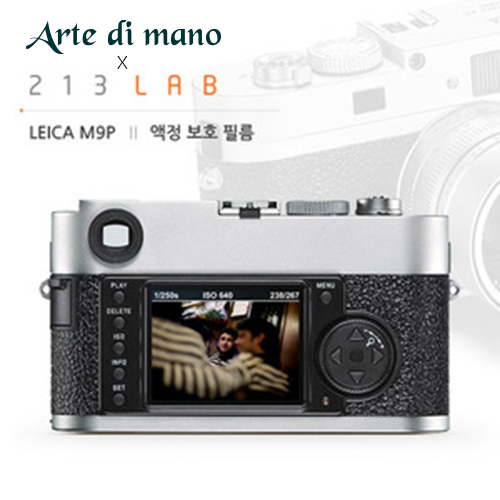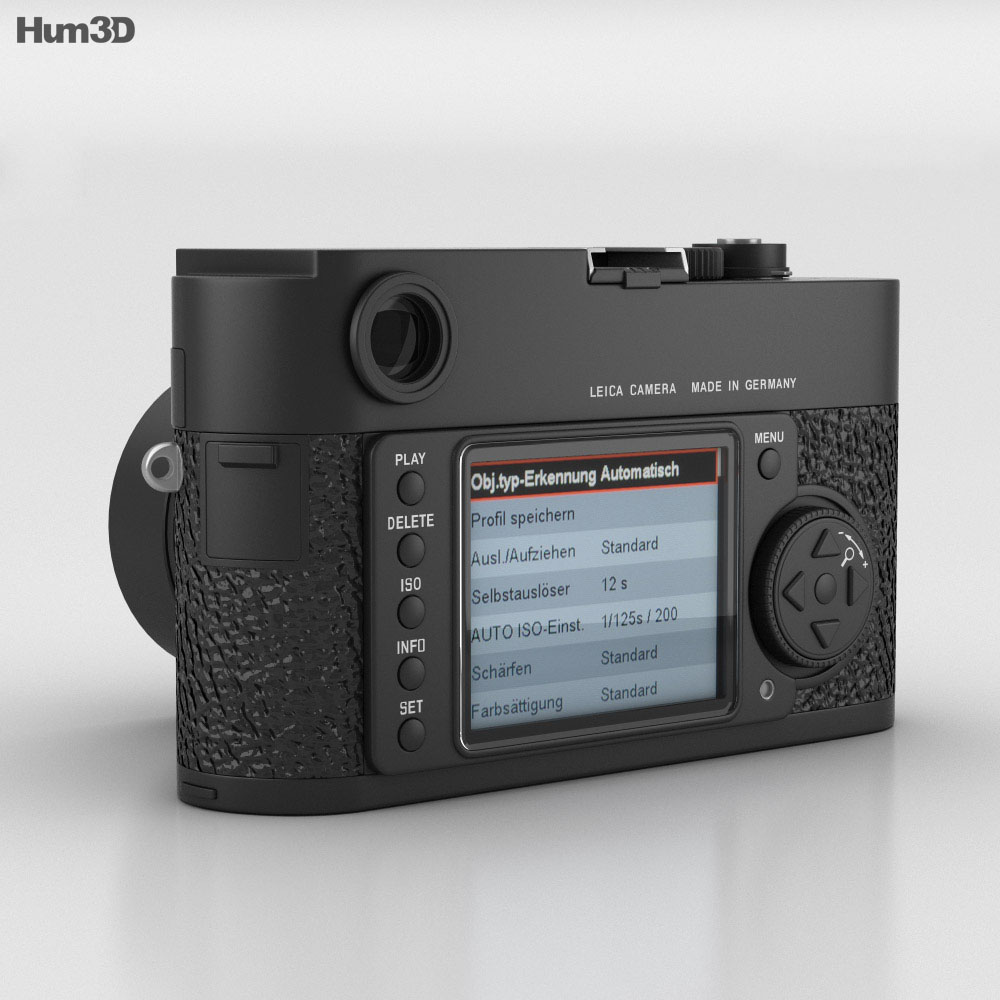


In most cameras if you scratch the front sensor, you can remove the scratched filter relatively easily (although it still requires a camera disassembly and skill, major companies still don’t do this repair locally). This allows them to achieve the very thinnest filter stack, but also makes repairs much harder. Leica actually uses their UVIR cut filter and fuses this to the sensor directly. Since this issue affects Leica lenses particularly, Leica chose a different design approach in their sensors to preserve their sharpness. We offer a thin filter service to reduce this thickness in some digital cameras when people want the best performance with film lenses, particularly rangefinder lenses.

This whole assembly adds some bulk though, and can cause corner sharpness losses when using film lenses. On top of this layer, there is usually 1 or two UV and IR cut filters to make sure the camera only sees visible light. Sensors are typically built with a fused clear glass that covers the BGA grid and sensor microlenses. This sensor had an issue with corrosion or “sensor rot” that was caused by oxidation of the sensor glass. This August, Leica announced that they will no longer be able to repair the Leica M9 sensor.


 0 kommentar(er)
0 kommentar(er)
